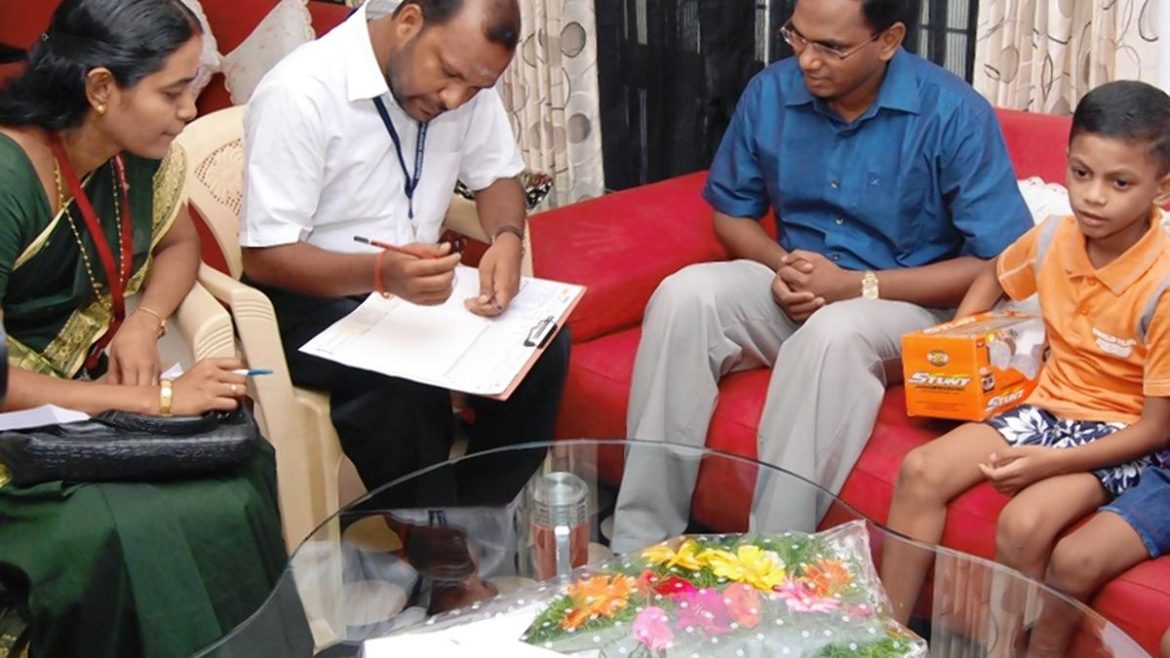India’s 16th Census Announced After 16 Years, To Be Conducted in Two Phases
In a significant move, the Government of India has announced through an official notification on Monday, June 16, 2025, that the long-awaited 16th nationwide census will be conducted in 2027. The census will include caste enumeration and will be implemented in two phases. This will be the first comprehensive population survey since 2011, coming after a 16-year gap due to multiple delays, including those induced by the COVID-19 pandemic.
Timeline and Reference Dates for Census 2027
According to the Ministry of Home Affairs (MHA), the reference date for the census will vary depending on the geographic region due to climatic conditions.
- October 1, 2026 – Reference date for snow-bound areas including Ladakh, Jammu and Kashmir (non-synchronous areas), Himachal Pradesh, and Uttarakhand.
- March 1, 2027 – Reference date for the rest of the country.
The notification clearly states: “The reference date for the said census shall be 00.00 hours of the 1st day of March, 2027, except for the Union territory of Ladakh and snow-bound non-synchronous areas of the Union territory of Jammu and Kashmir and the States of Himachal Pradesh and Uttarakhand.”
Census in Two Phases: House and Population Data
As per the Ministry’s directive, the census will follow a two-phase approach that covers both infrastructure and individual-level data collection:
- House Listing Operation (HLO): This phase will collect data on household conditions, type of housing, availability of amenities, and ownership of assets.
- Population Enumeration (PE): The second phase will focus on socio-demographic and economic data of individuals including name, age, gender, education, employment, and cultural affiliations.
Importantly, this census will also include a caste enumeration, a key component that has long been the subject of political and social debate in India.
Enhanced Technology and Self-Enumeration Features
For the first time, Census 2027 will extensively utilize digital tools to facilitate data collection. Approximately 34 lakh enumerators and supervisors along with 1.3 lakh census functionaries will be deployed nationwide, supported by smart digital devices. This shift is expected to improve data accuracy, reduce manual entry errors, and speed up the data compilation process.
Additionally, the government has integrated a self-enumeration feature into the census system. Citizens will be given the option to fill out their own census forms online, enhancing participation and reducing the burden on field staff.
Data Security and Confidentiality Assured
With data privacy concerns on the rise, the government emphasized robust measures to ensure the security of data during its collection, transmission, and storage. In its official statement, the Ministry of Home Affairs highlighted, “Very stringent data security measures would be kept in place to ensure data security at the time of collection, transmission and storage.” These measures are aimed at building public trust and encouraging truthful disclosure by respondents.
High-Level Monitoring and Preparedness
A day prior to the official notification, Union Home Minister Amit Shah chaired a high-level review meeting to assess the preparedness for Census 2027. The meeting was attended by Union Home Secretary, Registrar General and Census Commissioner of India, Mritunjay Kumar Narayan, and other senior officials. This demonstrates the government’s commitment to executing the exercise efficiently and on schedule.
Historical Significance and National Importance
This will mark the 16th population census of India and the 8th since Independence. The census plays a critical role in shaping administrative policies, development planning, welfare schemes, and electoral processes.
Given that said the last census was conducted in 2011, this new round is crucial for updating key demographic and socio-economic indicators that influence policymaking at all levels of governance. The inclusion of caste data, in particular, could have substantial implications for Reservation policies, public resource distribution, and social justice frameworks.
Why a Caste Census Matters
The inclusion of caste data in the upcoming census is an important shift from previous practices. Historically, while the Scheduled Castes and Scheduled Tribes have been counted, comprehensive caste-based enumeration has not been undertaken since 1931, except through the Socio-Economic Caste Census (SECC) in 2011, which was not officially considered part of the Census data.
This renewed focus on caste data could provide policymakers with a more inclusive perspective on social equity and resource allocation. Political analysts believe this could influence future policy frameworks and represent a step forward in addressing historical social inequities in India.
Looking Ahead: What to Expect
As the preparation gears up, various training programs for field staff will be rolled out across states. Awareness campaigns and public information drives are also likely to be launched to familiarize people with new digital enumeration systems and self-enumeration options.
With India poised to be the world’s most populous nation, conducting an accurate and inclusive census is both a logistical challenge and a strategic necessity. The success of this ambitious effort will depend on efficient coordination, public cooperation, and the seamless integration of technology.
Census 2027 is expected not just to capture statistical snapshots but to offer detailed insights into the evolving social, cultural, and economic landscape of modern India.

